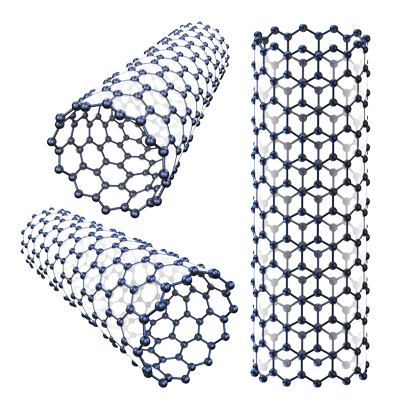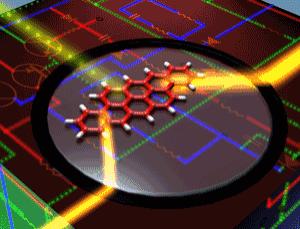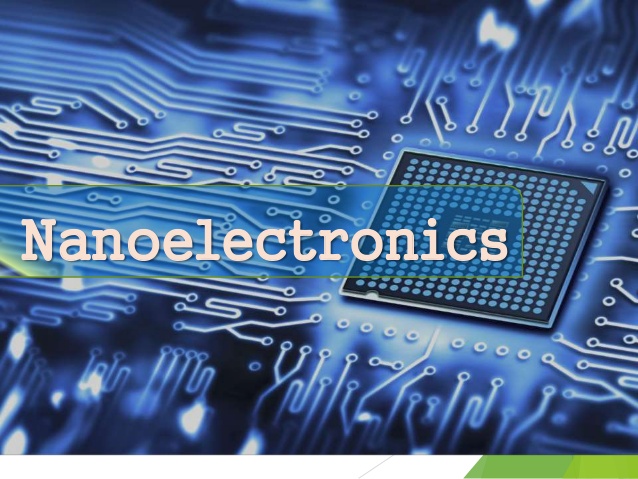Carbon nanotubes are able to pass electric current through frictional electron ballistic transfer - this current is 100 times greater than the current passing through copper wire (PhD in Nano-Microelectronics)
Researcher and author: Dr. ( Afshin Rashid)
Note: Because carbon nanotubes are able to pass electric current through frictional electron ballistic transfer - this current is 100 times greater than the current passing through copper wire - so nanotubes are an ideal choice for many. They are applications of microelectronics.
Depending on their geometry, nanotubes become conductive or semiconductor depending on how their graphite plates are rolled. In other words, because the nanotubes look like an intertwined wire at the molecular level, the carbon atoms are connected in a hexagonal pattern, and these hexagonal patterns form cylindrical walls the size of only It is a few nanometers. The torsion angle of a nanotube, defined as the angle between the axis of its hexagonal pattern and the axis of the tube, determines whether it is conductive or non-conductive. Changing the radius also allows closing the length of the band and insulating the metal nanotube. So we can say that the two basic parameters that play a key role in this, one is the structure of the nanotube and the other is its diameter and size. های اNon-friction ballistic electron transfer from the surface of carbon nanotubes to the surface of nanotubes is appropriate .
CNTS carbon multilayer nanotubes are made of many movable single wall tubes. Due to their additional layers, multi-walled pipes are stronger than single-wall types. CNTs are a popular type of nanotube for use in nanoelectronic devices. In nanotubes, all three carbon atoms can store one lithium ion, while in graphite, all six carbon atoms can store one lithium ion. Also, the ability to store energy in nanotubes is many times the volume of graphite electrodes. Electric voltage is generated by the passage of fluid through coils of single-walled, multi-walled carbon nanotubes. This technique is used to build liquid flow sensors to detect very small amounts of liquids as well as to generate voltage in applications. Nano-microelectronics are also used. It has also been shown that liquids with high ionic strength produce higher voltages .
Conclusion :
The transfer of ballistic electrons without friction of the surface of the carbon nanotubes in the nanotube by the increase in thermal power and strength of nanotubes with the cube root of the mass of atoms and molecules fits. The heating increases strength and tensile strength of nanotubes six times and directed the transfer of ballistic electrons without friction of the surface of carbon nanotubes also increased.
Researcher and author: Dr. ( Afshin Rashid)
PhD in Nano-Microelectronics




